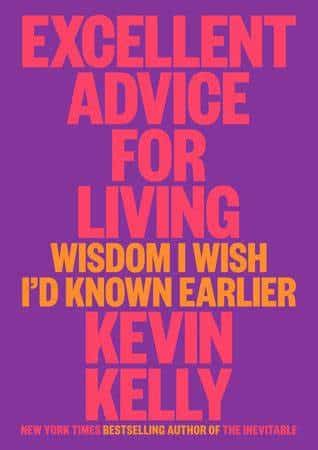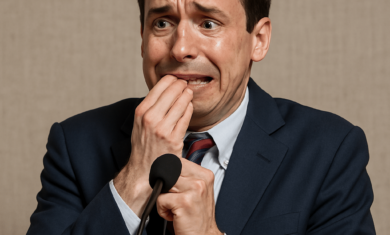We’ve all heard the phrase “if you can’t handle me at my worst, you don’t deserve me at my best“, but it seems to me to be more of a red flag than actual advice. How someone behaves “at their worst” is often what matters the most.
A few years ago I talked about people who are consistently good versus those those are intermittently excellent. Consistently good is almost always better than intermittently excellent. Being excellent from time to time is great, but what does a normal day look like? In the case of today’s post, what does a bad day look like?
In Kevin Kelly’s book “Excellent Advice for Living“, he simply says:
“What you do on your bad days matters more than what you do on your good days.”
When things go wrong, what do you do? Do you lash out and break things? Do you sulk in a corner? Do you disappear into music, exercise, or alcohol? There are wide degrees of “wrong” that can occur, so most responses are valid during certain events. On a “normal” bad day, though, how do you respond?
I’ve found a good litmus test to be driving. If you drive more than a few miles, you’re going to encounter a “bad driver”; someone that turns without signaling, cuts you off, or is clearly driving way too slow (or way too fast). Most of us encounter drivers like that hundreds of times per year, so how do we respond? There are two edges to this:
- Honk your horn, wag your middle finger, tailgate, and complain about “idiots”.
- Slow down, give them room, and arrive safely with your heart rate saying under 100.
Those that choose the latter tend to be the same people that handle bad days better too.




